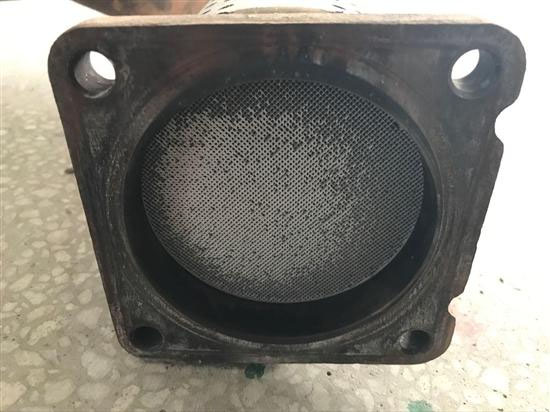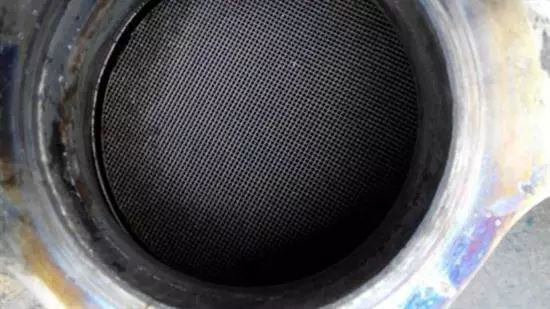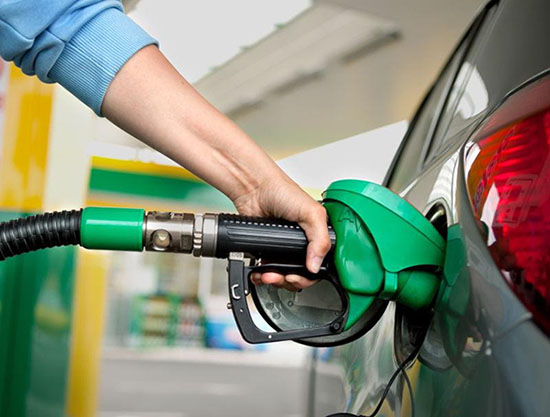The blockage of the "three-way catalytic converter" can be divided into three stages:
The first stage is a slight clogging stage, which only shows that the exhaust gas purification function is reduced and the exhaust gas emission exceeds the standard; the second stage is a moderate clogging stage, chemical complexes have accumulated on the surface of the catalyst to a certain extent, and the exhaust back pressure increases at this stage. The fuel consumption increases and the power decreases; the third stage is the severe blockage stage, which is characterized by a serious decrease in power, frequent flameout, and in severe cases, the exhaust pipe will burn red, and even cause the vehicle to spontaneously ignite.

What is the reason for the three-way catalytic converter to increase the fuel consumption and reduce the power of the car? The answer is carbon deposition. For the three-way catalytic converter to function, it needs to raise its temperature to about 400-800 degrees Celsius.
If the car is in a low temperature state for a long time, the three-way catalytic converter will not work efficiently, and carbon will be deposited on it. Therefore, attention should be paid to cleaning the carbon deposits. The amount of gas will increase. If it is left untreated, the carbon deposition of the three-way catalytic converter will become more and more serious, and it is prone to blockage.

The three-way catalytic converter is not consumed during use, so it does not need to be replaced regularly. However, if used improperly, such as poor quality fuel or leaded gasoline,Frequent driving at low temperature and low speed, long-term high-load driving, etc., will lead to lead poisoning, blockage or high temperature sintering, thereby losing its catalytic effect on exhaust gas. In this case, generally only the three-way catalytic converter can be replaced.

Post time: Oct-31-2022






